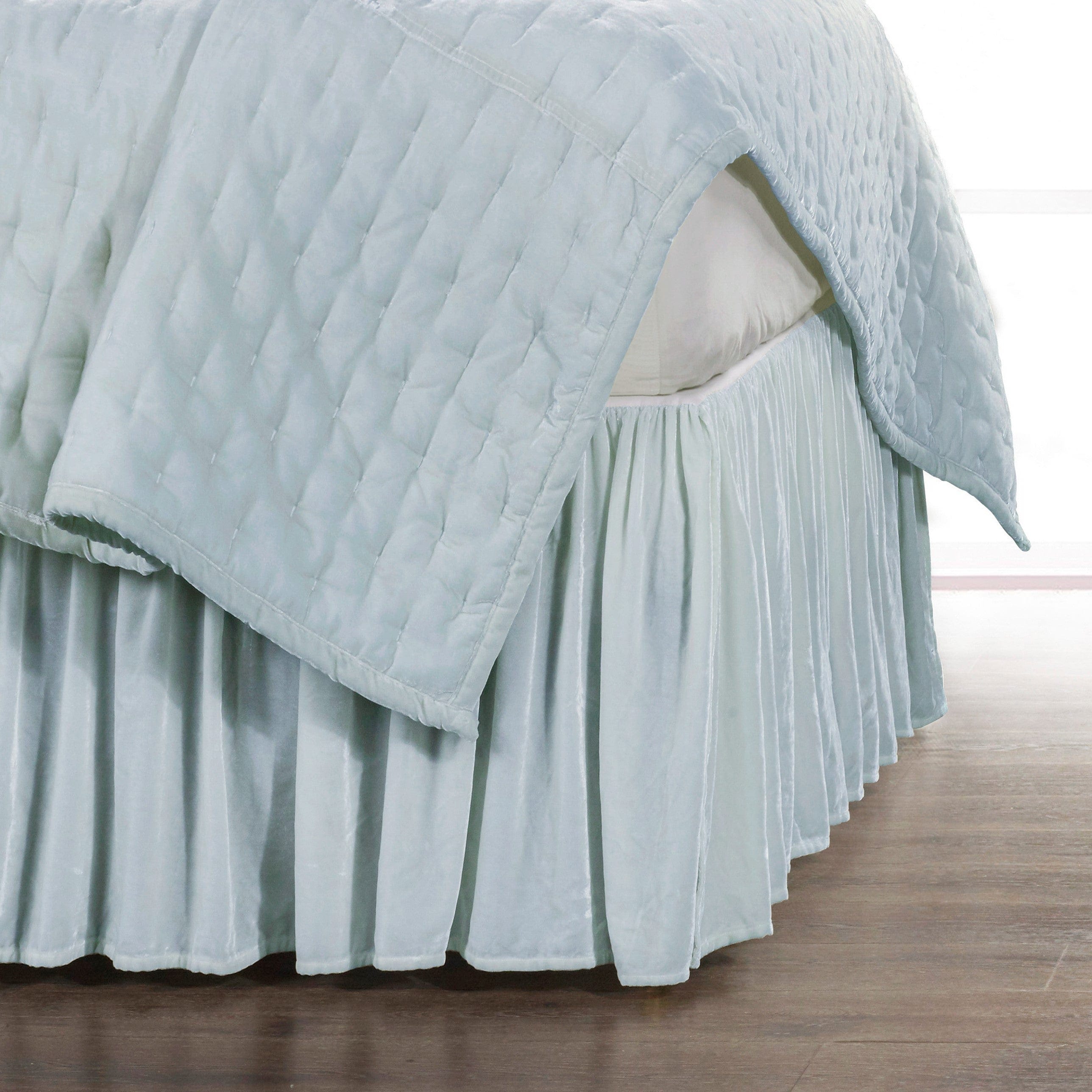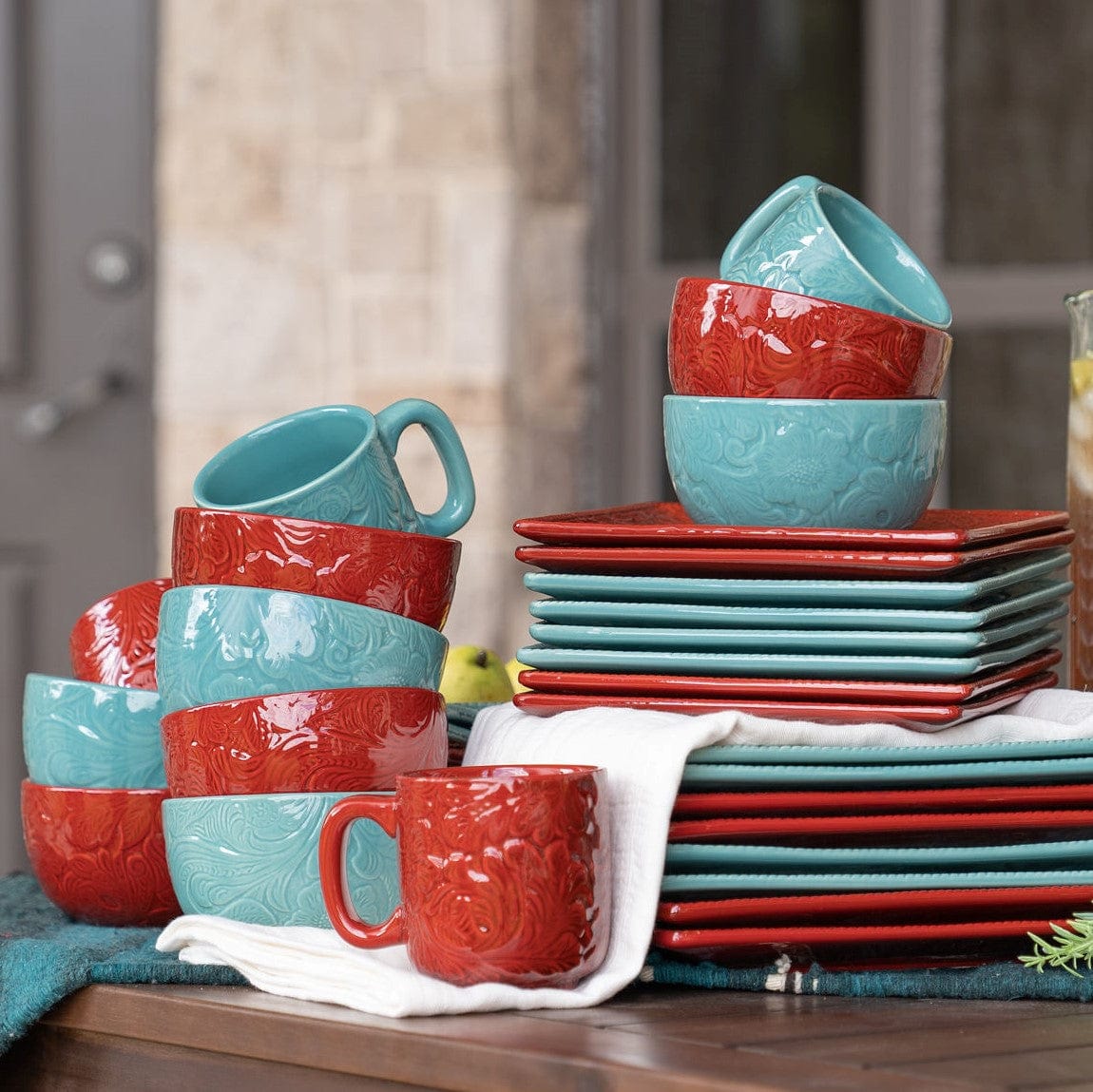Natural Silk vs Artificial Silk: Which Is Better?
Silk is the darling of the textile world.
Regarded as one of the most luxurious fabrics in the world, silk is still the talk of the town even thousands of years after it was first introduced—and for good reason. Even though it's only slightly thicker than that of human hair, it's known to be a highly robust fiber. Silk cloth is also prized for its elasticity and can be stretched up to five times its original length without tearing.
However, the creation of silk comes with many drawbacks, which has resulted in the creation of silk alternatives. These silk alternatives are used to supplement, and in many cases, replace, the ever-growing demand for silk. The most popular alternative is by far artificial silk.
So how does artificial silk measure up to real silk? We'll talk all about that and more in this article. But before that, let's answer this first: what is silk, and what makes it so special?
What Is Silk, And Where Does It Come From?
Silk is made out of natural fibers that can be woven into textiles. This natural fiber is mainly composed of a protein called fibroin, produced only by certain cocoon-forming insects. The most common type of silk comes from the cocoons of the mulberry silkworm (Bombyx mori), which are often bred in captivity in a process called sericulture.
Sericulture starts with the gathering and cultivating of mulberry silkworms. These silkworms are kept on a strict diet of mulberry leaves until they enter their pupal stage and start spinning cocoons.
Before the pupae hatch, the cocoons are gathered and dumped into a large pot of boiling water in a process called stifling. This method kills the pupae inside and dissolves the sericin, the natural substance that "glues" the cocoon together. Without the sericin, the cocoon unravels into silk filaments, which are then drawn up into a loom to form silk threads. The fibers have a triangular prism-like structure that refracts light at different angles—thereby producing different colors—resulting in silk's signature lustrous shimmer.
The silk thread yield of a single cocoon is very minimal. Around 2,500 silkworms and 200 lbs of mulberry leaves are required to produce 1 lb of raw silk, which translates to approximately 1 yard of woven silk fabric. That's not a lot.
What Are The Different Types Of Silk?

There have been many types of silk that have emerged through the years using different materials and methods. Here are the most common types of silk:
1. Mulberry Silk:
The most common type of silk. It's made from the cocoons of the mulberry silkworm. It's primarily used in various high-end clothing, particularly formal wear and lingerie.
2. Tussah Silk:
Tussah silk is made from the cocoons of wild silkworms. This type of silk has a coarser texture and is easier to produce, thus less expensive than mulberry silk. Tussah silk is often used in upholstery and drapery.
3. Erlangen Silk:
Erlangen silk is made from the cocoons of the eri silkworm. It's a type of wild silk and is less expensive than mulberry silk. Erlangen silk is also often used in upholstery and drapery.
4. Raw Silk:
Raw silk is unrefined silk that has been spun into yarn before any finishing process is done. It has a natural yellowish color and a coarser texture than refined silk. Raw silk is often used in clothing and home decor.
5. Sea Silk:
Sea silk is made from the shell of the Pinna nobilis, an endangered endemic mollusk species from the Mediterranean. Because of this, sea silk production is very limited, making it one of the rarest and most expensive textiles in the world. It's often used for clothing.
6. Silk Wool:
Silk wool combines silk and cotton or wool in satin weave, followed by careful scouring in water. It has a weightier feel, softer sheen, and thicker drape than silk. Silk wool is often used in clothing and home decor.
What is artificial silk?
Artificial silk or faux silk is made from a mix of natural fibers like cotton, wool, and linen, and synthetic ones, such as rayon, nylon, viscose, or polyester. It was first developed in the 1900s as a cheaper alternative to silk. Now, the entire production process is mainly done by machines, making artificial silk fabric quicker, cheaper, and easier to produce.
Artificial silk is sometimes synonymous to rayon or its variations, viscose, and modal. At the core, these are made from cellulose, a plant-based material.
Cellulose is usually derived from wood pulp from eucalyptus trees, but it can also be taken from other sources like cotton, bamboo, soy, and more. It then goes through a chemical process to form long, thin fibers for fabric weaving. The resulting fabric is often used in clothing, such as dresses, blouses, and lingerie. Although artificial silk imitates the look and feel of silk, it is not as strong or durable as the real thing.
What Are The Difference Between Natural Silk And Artificial Silk?

There has been a long debate on whether natural silk is the way to go or if artificial silk is the future. Here are the most significant differences between natural silk and artificial silk:
1. Source:
Natural silk is made from insect-derived material, while artificial silk is made from plant cellulose.
2. Price:
Natural silk is more expensive than artificial silk because it's harder to produce. In fact, faux silk fabric costs around ten times less than natural silk.
3. Texture:
Real silk is often made by hand, so you'll often see subtle imperfections like bumps or loose threads in the fabric. Meanwhile, artificial silk is made using machine looms, producing a smooth and seemingly perfect fabric.
That's not to say that you should rule out any smooth silk fabrics you see as fake, though. More and more genuine silk manufacturers are turning to machine looms for quicker production, so make sure you test out other silk properties.
4. Tactile feel:
Natural silk will easily rub against each other without much friction. Putting it next to your ear while you rub the fabric will also produce a soft, crunching sound. Finally, if you rub it for a while and start to feel your fingers or hands heat up, that's a good sign that you're holding genuine silk fabric. The absence of any above properties is usually a clear sign of artificial silk.
Another popular test people use is the Ring Test. You pull the fabric through the ring, hold it up high, and then let the ring fall. If the ring falls smoothly without any hitches, it's most likely genuine silk. If there's a bit of friction between the fabric and the ring, it's likely artificial silk. However, this test doesn't apply well to thickly woven silk fabric.
5. Luster:
Natural silk has a multi-colored shimmer because of its triangular prism-like structure, while artificial silk only gives off a consistent white shine from all angles.
However, higher-quality faux silk fabric can emulate the esteemed shimmer by blending different fibers and production techniques.
6. Durability:
Natural silk is much stronger and more durable than artificial silk. Take a thread out from your fabric and try rubbing it between your fingers. If nothing happens, it's most probably genuine silk. If it starts to fluff up after a while, it's likely to be artificial silk.
However, when real silk gets wet, the fabric loses its strength and starts to chafe when you rub it together. Artificial silk fabric doesn't have that problem. Since it's a mix of natural and synthetic fibers, the resulting fabric isn't as fussy.
7. Elasticity:
Natural silk is more elastic than artificial silk and can be stretched up to five times its original length without breaking.
Natural Silk vs Artificial Silk: So Which Is Better?
All in all, real silk and artificial silk each have pros and cons you need to consider.
If you’re on a style budget and/or looking for a more sustainable, cruelty-free way to wear silk, pick artificial silk.
However, if budget isn’t an issue and you want to experience the full luxury of silk, go with real silk.
Although there’s still a gap in quality, even discerning eyes and hands are finding it increasingly difficult to distinguish between high-quality artificial silk and real silk. As technology evolves, we predict that it’ll only become easier (and cheaper) to artificially reproduce the textures and appearance of silk.




